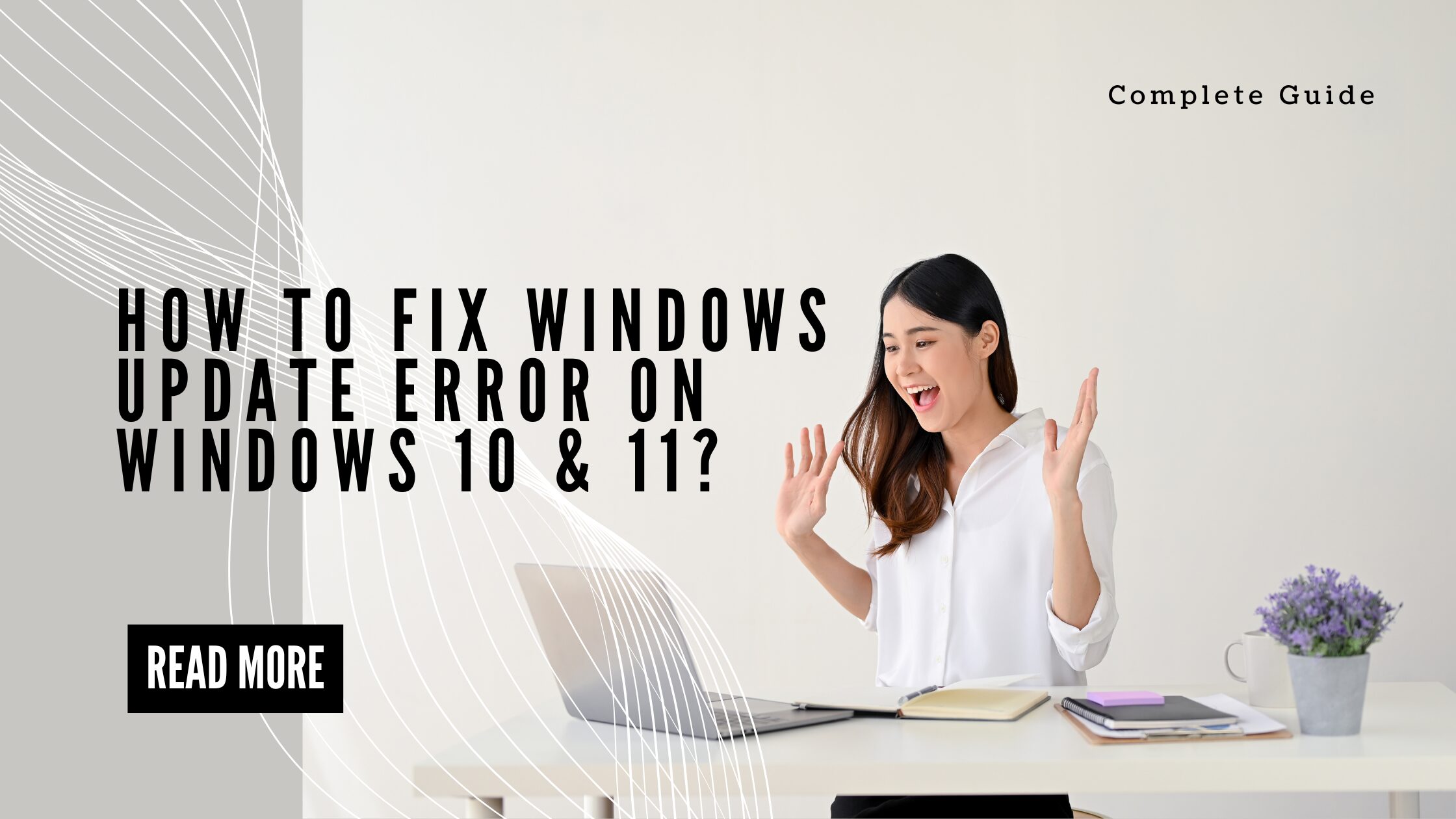If you see the error code “0x80070005” or the message “Access is Denied” when running Windows Update, it means the update process has failed due to permission or system issues.
This error can occur on both Windows 10 and Windows 11, and leaving it unresolved means important security updates won’t be installed — putting your PC at risk.
In this article, we’ll break down the main causes of error 0x80070005 and give you 7 proven solutions you can try yourself.
What Causes Error 0x80070005?
The code 0x80070005 translates to “Access Denied” and is typically caused by:
- Insufficient administrator privileges
Your account doesn’t have the necessary permissions to install updates. - Corrupted update cache files
Temporary files used by Windows Update have become damaged. - Corrupted system files
Key Windows system components are missing or damaged. - Antivirus interference
Security software is blocking the update process. - User profile issues
Your account settings or permissions are broken.
7 Ways to Fix Windows Update Error 0x80070005
Method 1: Run with Administrator Privileges
- Open the Start Menu, type
cmd, right-click Command Prompt, and select “Run as administrator”. - Retry the Windows Update process.
Method 2: Use the Windows Update Troubleshooter
- Go to Settings → Update & Security → Troubleshoot → Additional troubleshooters.
- Select Windows Update and run the troubleshooter.
Method 3: Clear the Windows Update Cache
Damaged cache files can cause update failures.
Run these commands in an administrator Command Prompt:
net stop wuauserv
net stop bits
net stop cryptsvc
Then delete the files inside:
C:\Windows\SoftwareDistribution
C:\Windows\System32\catroot2
Restart the services:
net start wuauserv
net start bits
net start cryptsvc
Method 4: Repair System Files
Run the following commands to check and repair system files:
sfc /scannow
DISM /Online /Cleanup-Image /RestoreHealth
Restart your PC afterwards.
Method 5: Try a New Administrator Account
If your current profile is corrupted, create a new administrator account and attempt the update from there.
Method 6: Temporarily Disable Antivirus
Some antivirus programs block updates. Disable it temporarily during the update, but remember to turn it back on afterwards.
Method 7: Install Updates Manually
- Download the update directly from the Microsoft Update Catalog.
- Or use the Windows Update Assistant.
If the Problem Persists
- Consider performing a repair install (in-place upgrade) of Windows.
- On corporate or domain-joined PCs, contact your IT administrator — group policy restrictions may be the cause.
Conclusion
The 0x80070005 “Access Denied” error is usually resolved by clearing the update cache, repairing system files, or running updates as an administrator.
Since delaying updates can leave your system vulnerable, you should address this error promptly to keep your PC secure.

Better take care of it right meow!



